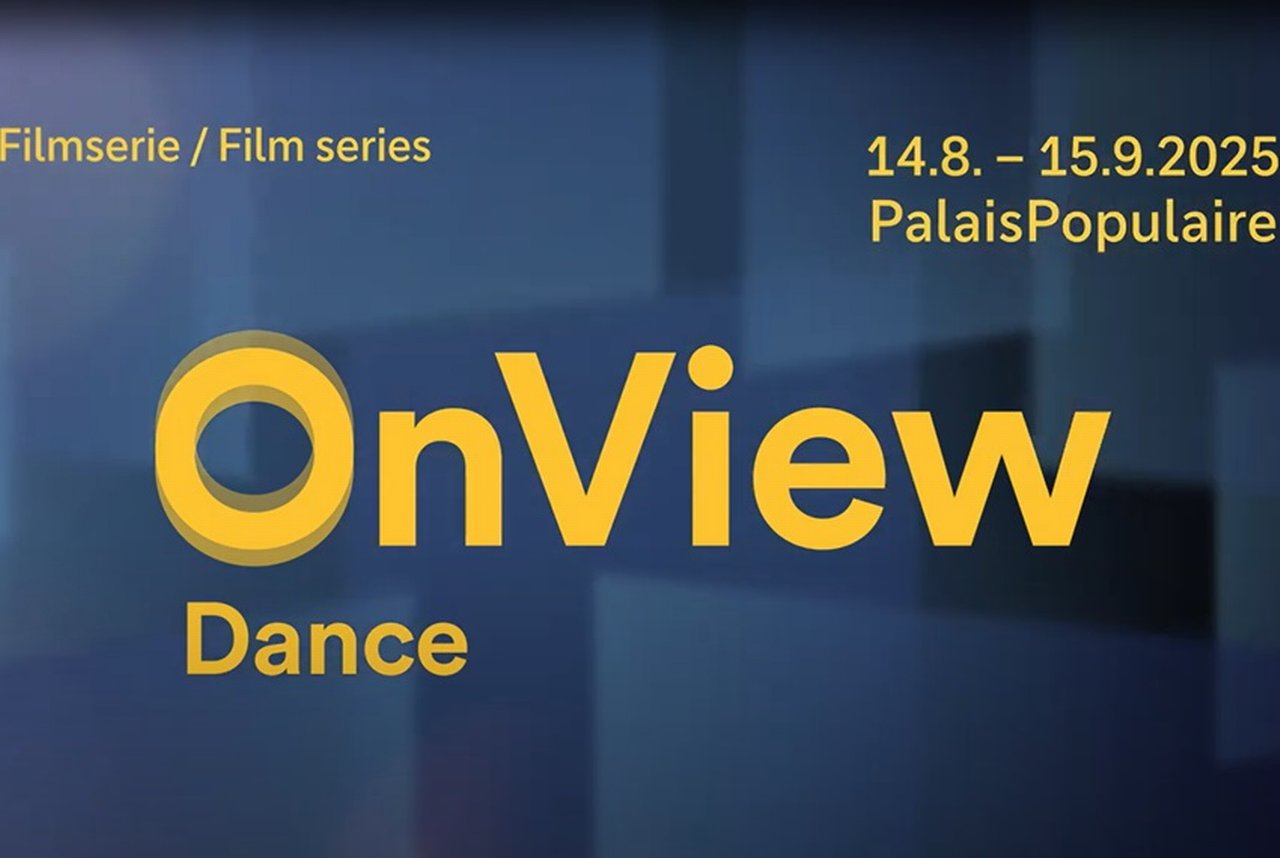August 14 – September 15, 2025
OnView – Dance
Film series
OnView is a curated film series at the PalaisPopulaire: each spring and fall, the venue presents films by international artists on a specific theme over a period of up to six weeks. The second edition, titled Dance, brings together works by Clément Cogitore, Tracey Emin, Ayşe Erkmen, Loïe Fuller, Christian Jankowski, Joan Jonas, Ala Savashevich, and Gabriele Stötzer. These films explore a wide range of social and artistic dimensions of dance. Dance expresses emotion, rhythm, and ecstasy—as a form of performance, ritual, or social interaction. It is far more than mere movement. “Dance is the hidden language of the soul,” said Martha Graham. “Perhaps he could dance first and think afterwards,” suggests Estragon in Samuel Beckett’s 'Waiting for Godot,' only to be told by Pozzo, “By all means, nothing simpler. It’s the natural order.”
Curated by Sara Bernshausen, Deputy Director PalaisPopulaire
Total: 61:14 minutes
Screening Order:
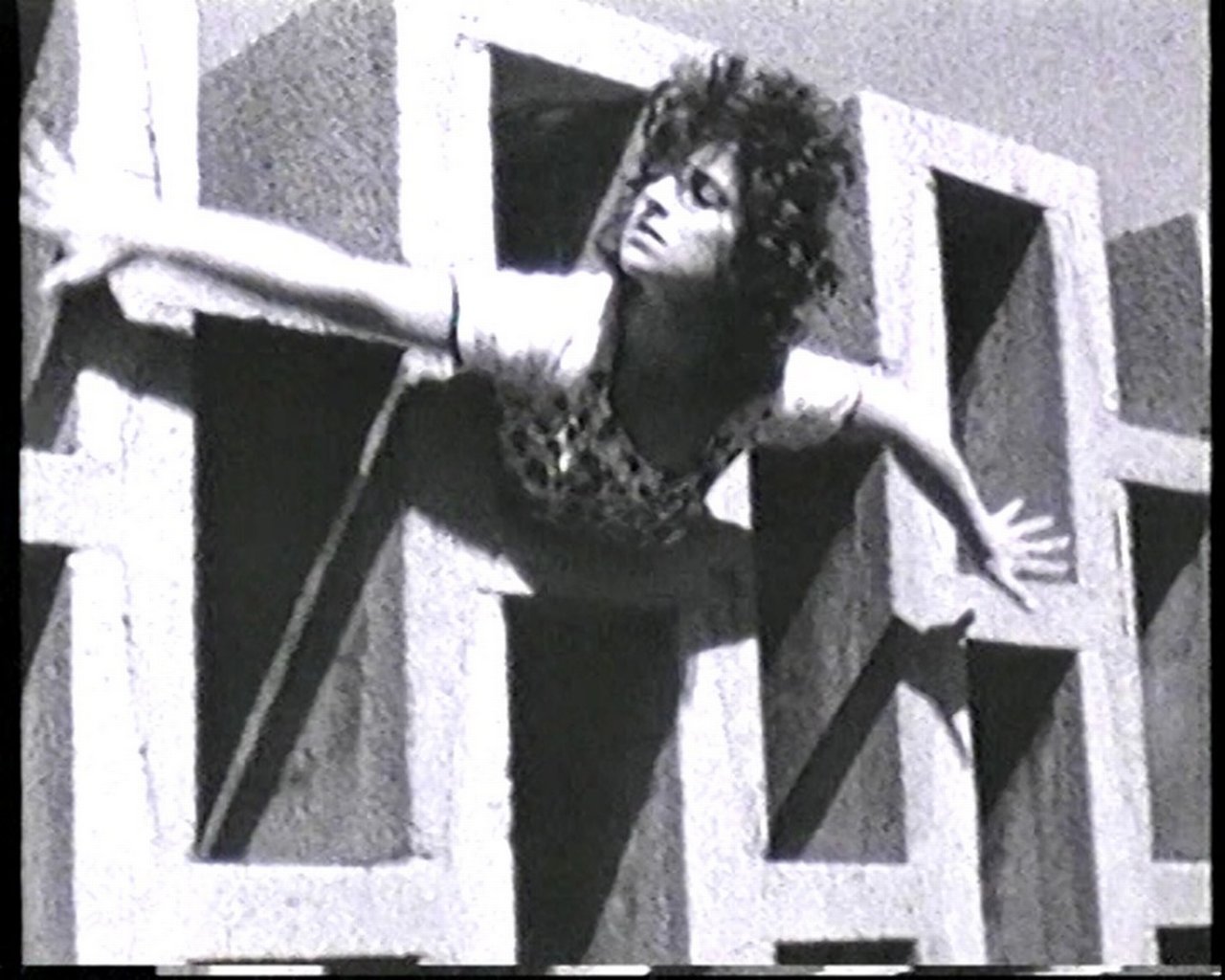
Gabriele Stötzer, Veitstanz/Feixtanz, 1988
The phenomenon of St. Vitus’ dance was first documented in the Middle Ages: groups of people danced in public until they collapsed from exhaustion. In the summer of 1988, during the final months of East Germany’s Socialist Unity Party (SED) dictatorship, opposition artist and writer Gabriele Stötzer invited thirteen friends to develop their own movements leading them to ecstasy. Her documentary Veitstanz/Feixtanz is, as she puts it, “an expression of the freedom that exists within each of us—if we choose to claim it.”
Film, shot on Super 8, transferred to digital
22:25 min
Courtesy of the Artist and Loock Galerie, Berlin
© VG Bild-Kunst, Bonn 2025
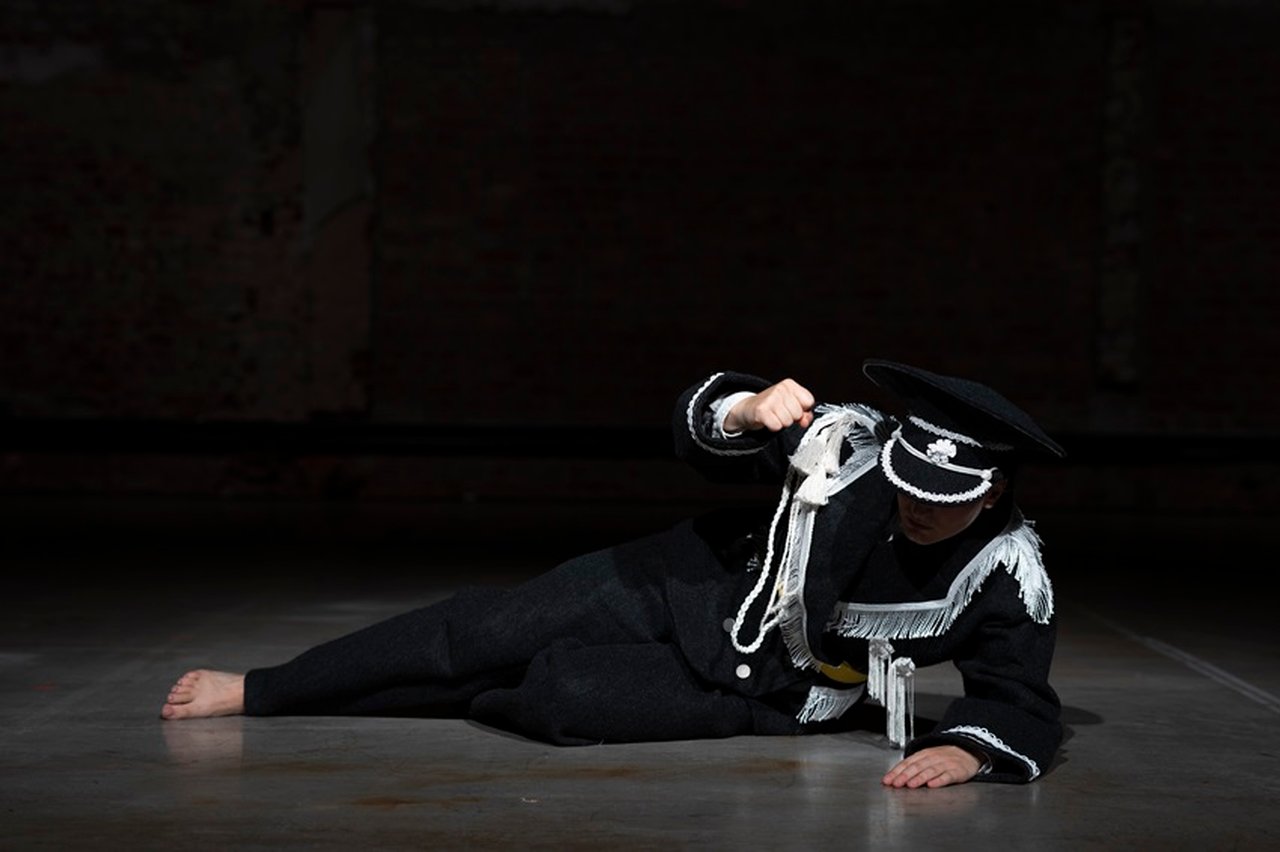
Ala Savashevich, The Rite of Spring, 2020/2022
Igor Stravinsky’s Le Sacre du printemps (1913) is a landmark of modern orchestral ballet music, closely associated with the solo dancer and choreographer Vaslav Nijinsky. In her film The Rite of the Spring (2020/22), Belarusian artist Ala Savashevich appears as the Chosen One in the final sacrificial dance of the pagan spring ritual. Wearing a self-made felt uniform, she references both parades and protests in her home country, particularly during the military parade in spring 2021. Here, expressive music and dance become a metaphor for the confrontation between the individual and an authoritarian regime.
Video, color, sound
3:24 min
Courtesy of the Artist
© Ala Savashevich; Photo: Alicja Kielan
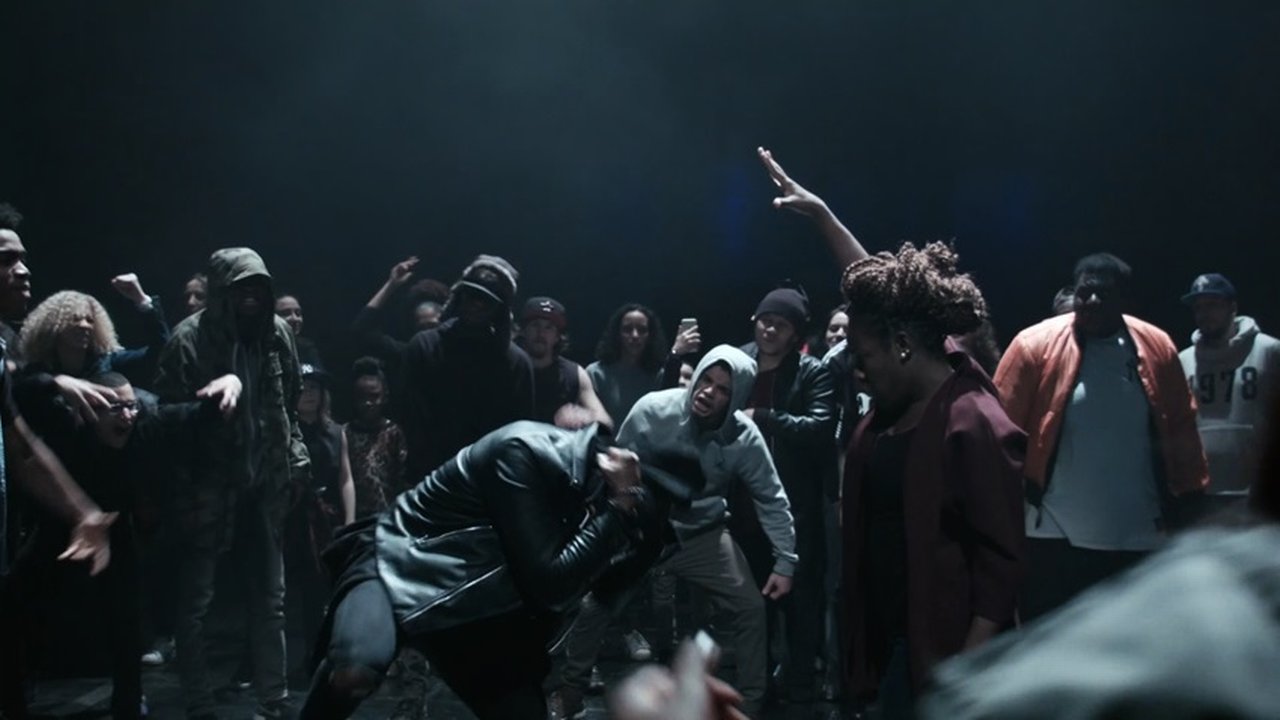
Clément Cogitore, Les Indes Galantes, 2017
Jean-Philippe Rameau’s Baroque opera-ballet Les Indes galantes premiered in Paris in 1735, marking one of the first appearances of artists of African descent on the European stage. Inspired by the rhythms and movements of Indigenous tribal dances, the work was a sensation in its time. In 2017, French artist Clément Cogitore reimagined the piece with a group of young dancers, placing it within a contemporary context. His video work explores themes of Eurocentric history, cultural appropriation, and the evolving concept of national identity in today’s multicultural French society.
HD video, color, sound
5:26 min
© Courtesy of the Artist, Chantal Crousel Consulting, Paris and Galerie Elisabeth & Reinhard Hauff, Stuttgart
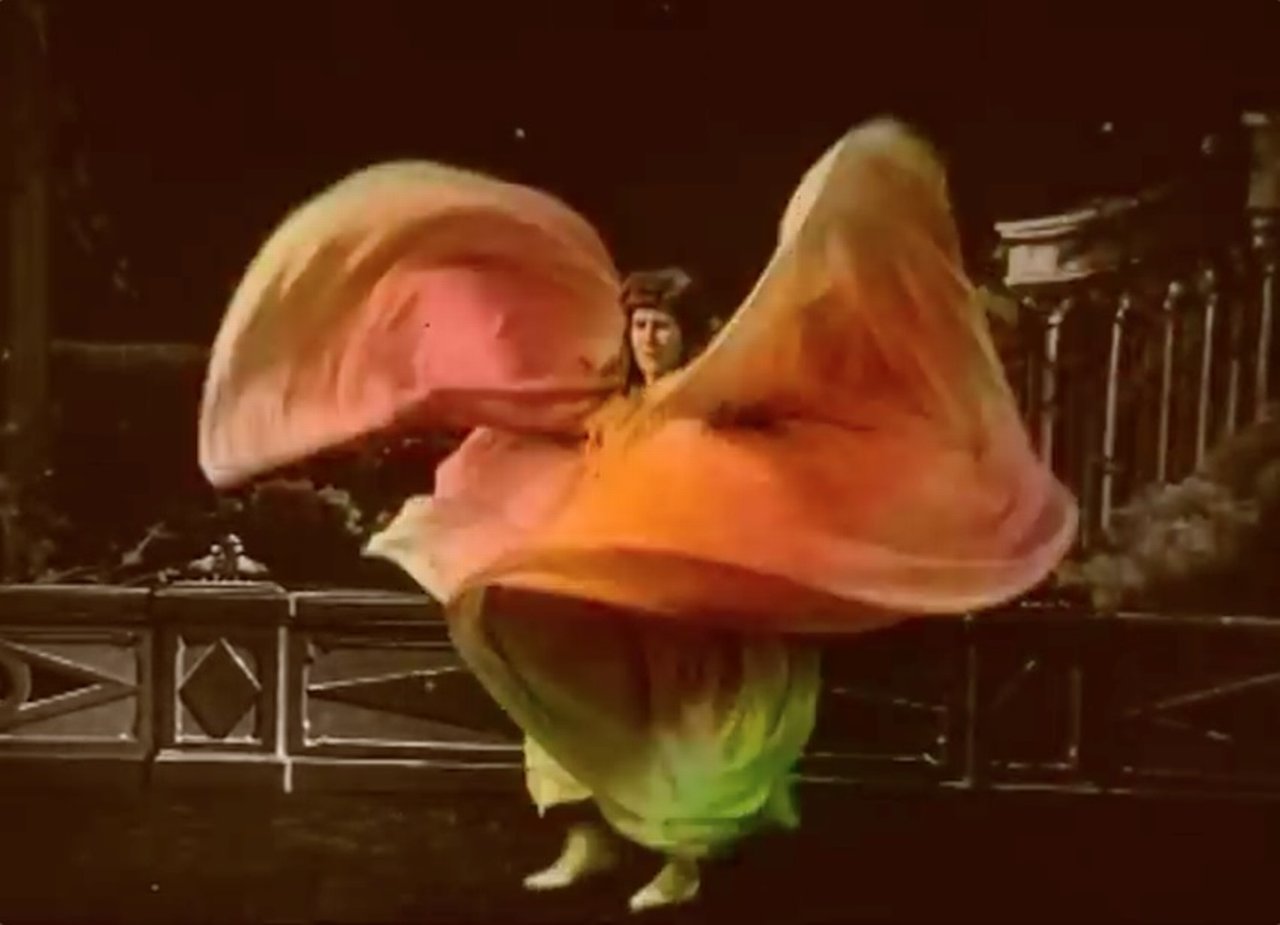
Loïe Fuller, Serpentine Dance, 1905
American dancer Loïe Fuller captivated audiences around the world beginning in 1892 with her veil dance, the Serpentine Dance. Feather-light, meter-long silk fabrics swirled around her body in waves and spirals, animated by her movements. Colored light projections onto the flowing material astonished viewers and became a hallmark of her performances. Early films capturing her dance helped make Fuller an icon of Art Nouveau and the Belle Époque.
Film, shot on 17,5 mm, transferred to digital, black and white, colored, silent
1:36 min
© Loïe Fuller
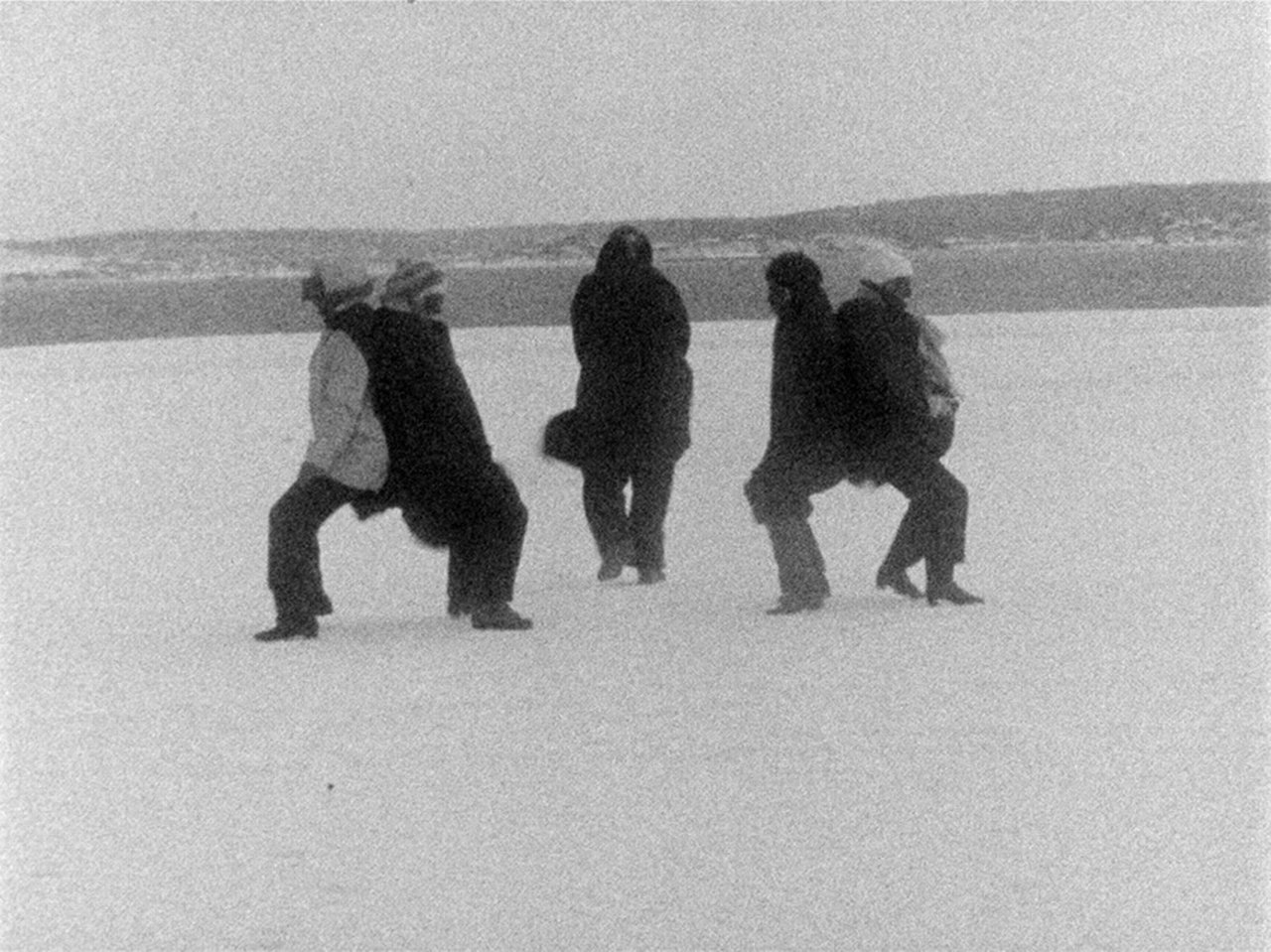
Joan Jonas, Wind, 1968
Wind is one of the earliest performances by American artist Joan Jonas, a pioneer of performance art, experimental film, and video installation. In this 1968 work, Jonas lets the wind dictate the performers’ movements in a blend of choreography, ritual, and improvisation. Instead of narrative continuity, Jonas employs the disruptive elements of contemporary dance and avant-garde film.
16 mm film transferred to HD video, black & white, silent
5:37 min
Courtesy of the artist and Electronic Arts Intermix (EAI), New York
© Joan Jonas / VG Bild-Kunst, Bonn 2025
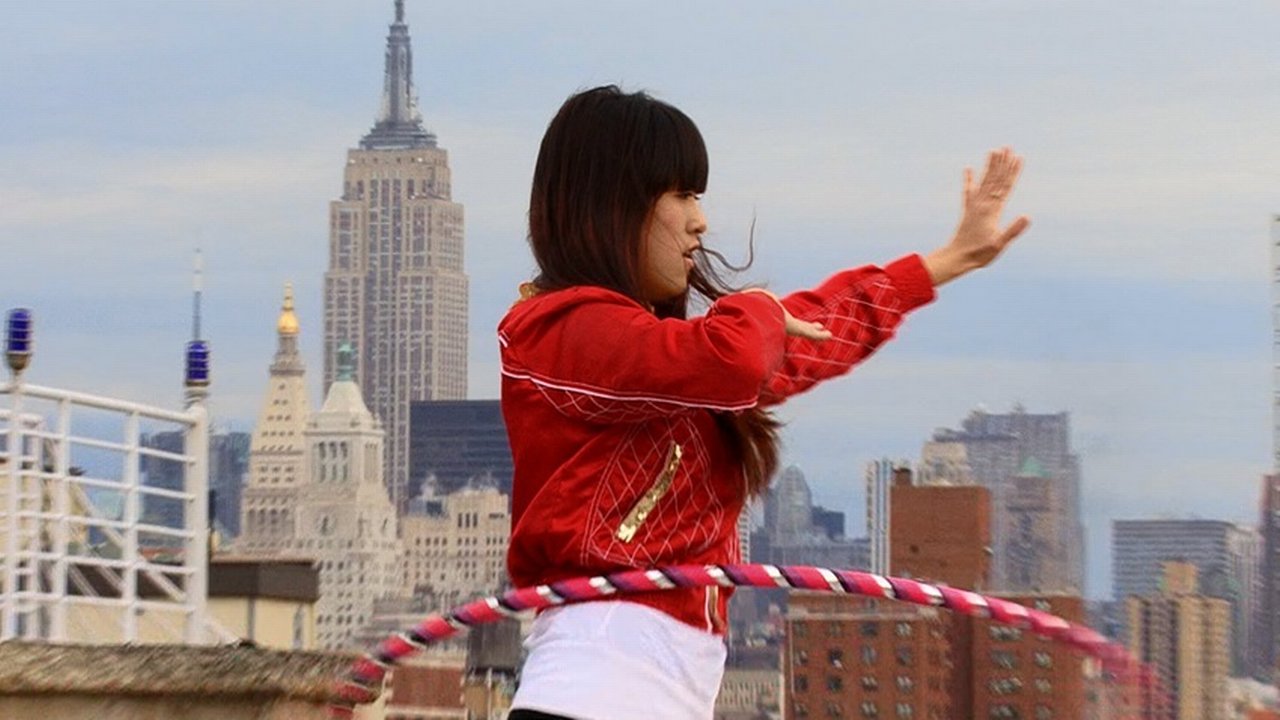
Christian Jankowski, Rooftop Routine, 2007
In his video Rooftop Routine, created for Performa 2007 in New York, German artist Christian Jankowski draws on the legacy of performance art from the late 1960s and 1970s. Inspired by his neighbor Suat Ling Chua, who demonstrates hula hoop poses and movements to the sound of a Chinese pop song, Jankowski orchestrates a quietly surreal scene: around two dozen dancers on neighboring rooftops in Chinatown follow her lead. In the context of today’s highly developed media and entertainment industries, the poetic visuals of the performance take on an almost humorous, self-aware tone—a playful commentary on instruction, imitation, and spectacle.
Video, NTSC, color, sound
4:30 min
Courtesy of the Artist
© Christian Jankowski
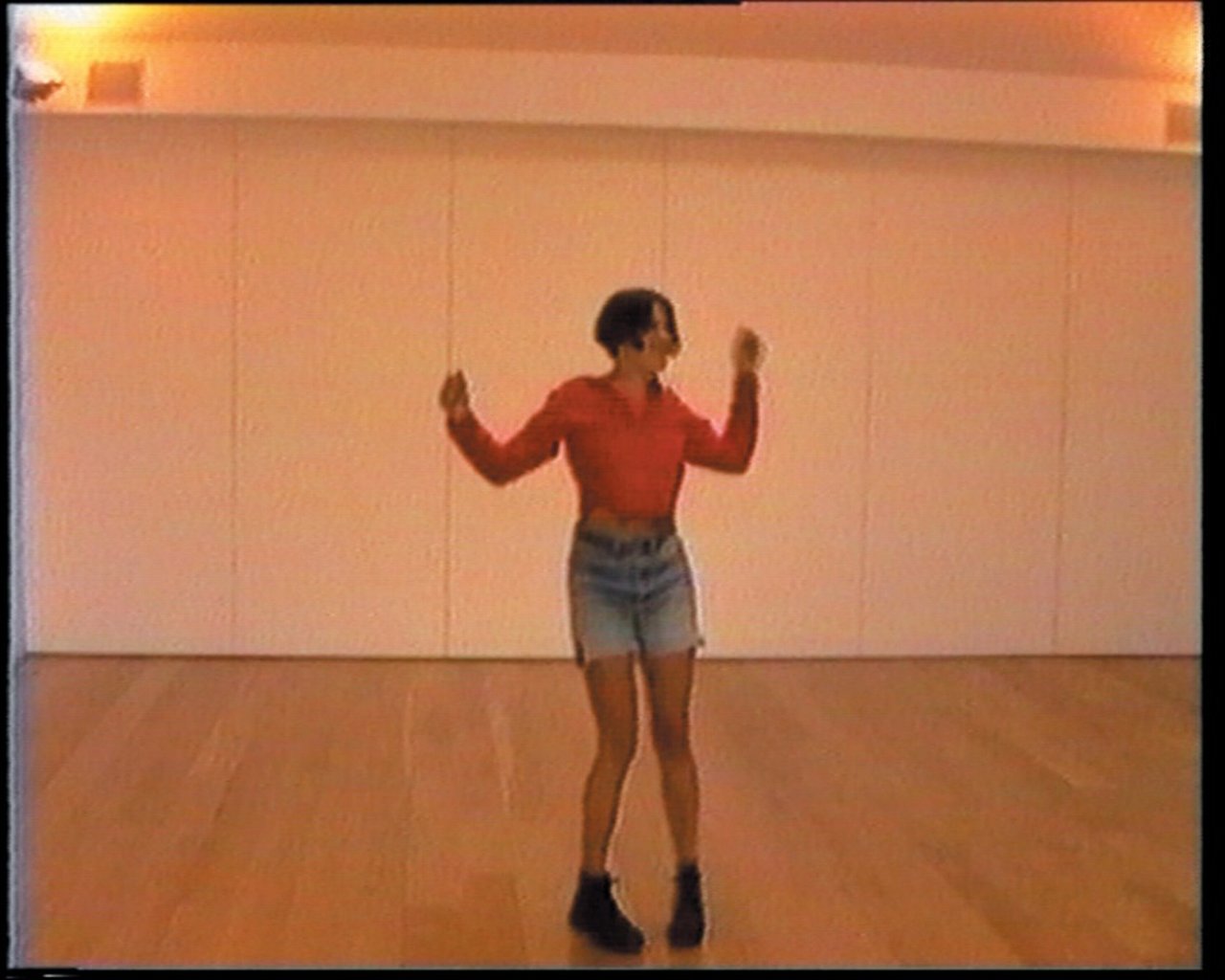
Tracey Emin, Why I Never Became a Dancer, 1995
In her Super 8 film Why I Never Became a Dancer (1995), Tracey Emin offers a casual, intimate portrait of her hometown of Margate in southern England, using slightly blurred, out-of-focus shots of houses, streets, and seaside views. It is through her voiceover that these otherwise nondescript locations are charged with personal history and memory. The work reflects on Emin’s own experiences, interweaving themes of vulnerability, resilience, and the lasting impact of sexual bullying. Why I Never Became a Dancer exemplifies Emin’s ability to transform deeply personal, painful memories into universally resonant art—anchored in self-empowerment.
Single channel video, color, sound
6:32 min
Courtesy of the Artist and Sammlung Goetz, Medienkunst, München
© Tracey Emin. All rights reserved / VG Bild-Kunst, Bonn 2025
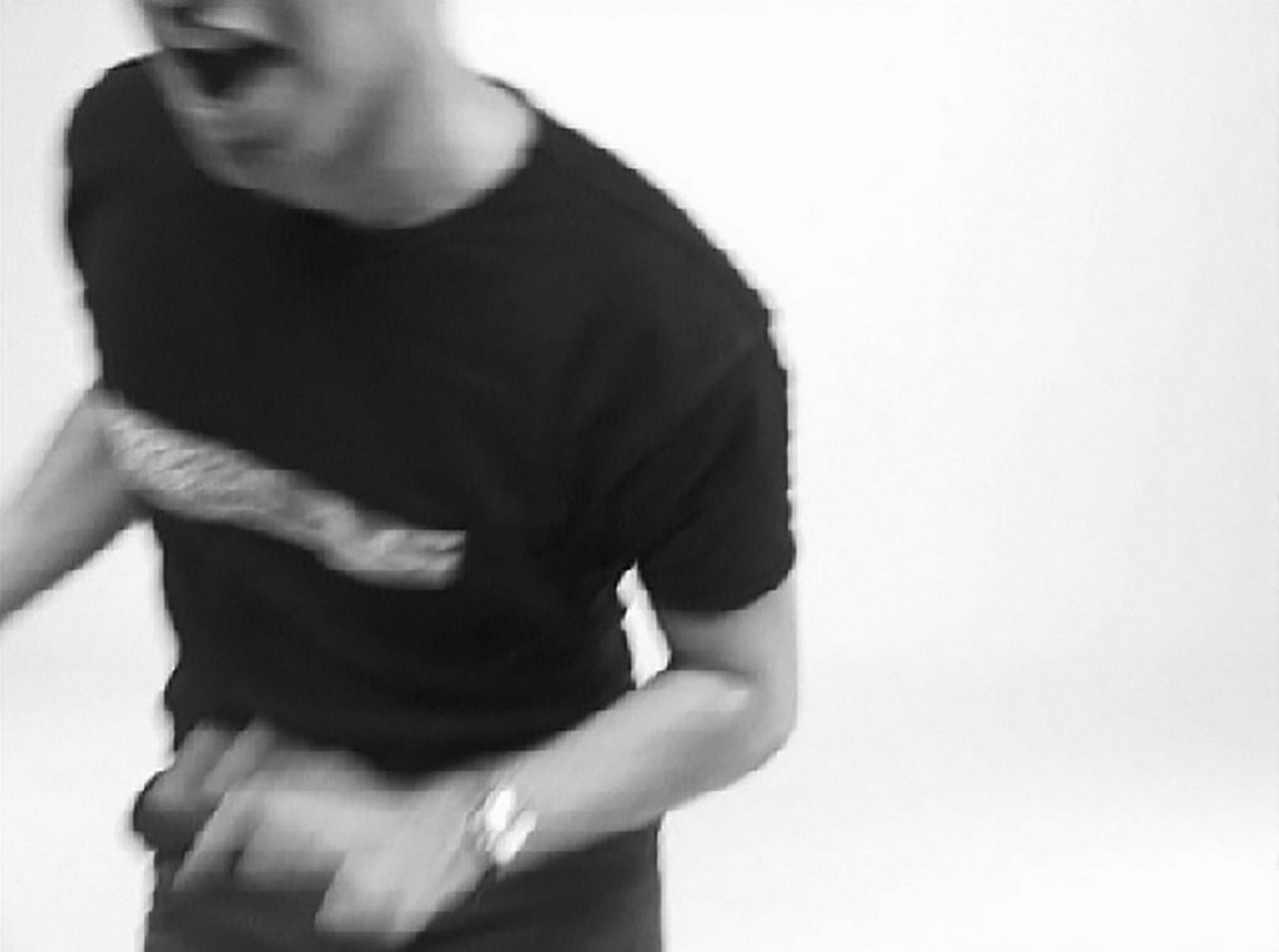
Ayşe Erkmen, Emre & Dario, 1998
Following the melancholy of Emin’s film and dance solo is Ayşe Erkmen’s video work Emre & Dario (1998). In this piece, the artist’s son dances to the French song Istanbul c’est Constantinople / C’est à Istanbul ou Constantinople by Dario Moreno, released in 1954. With its catchy melody and upbeat salsa steps, the work evokes themes of love, longing, and hope—set against the backdrop of a playful yet poignant search for cultural identity and origins.
Video - DVD (PAL) color, sound
12:12 min
Courtesy of the Artist and Galerie Trautwein Herleth, Berlin
© VG Bild-Kunst, Bonn 2025

